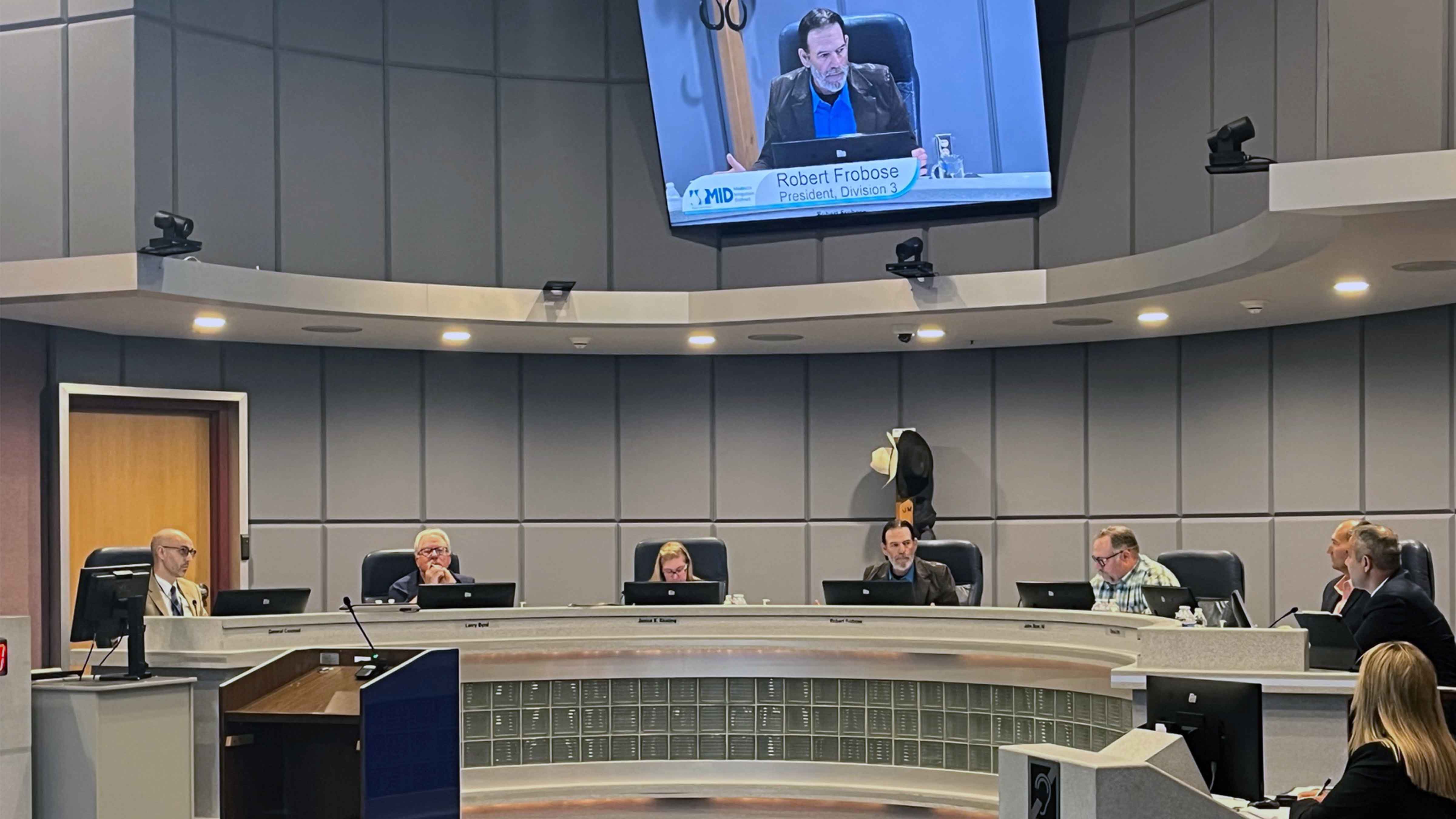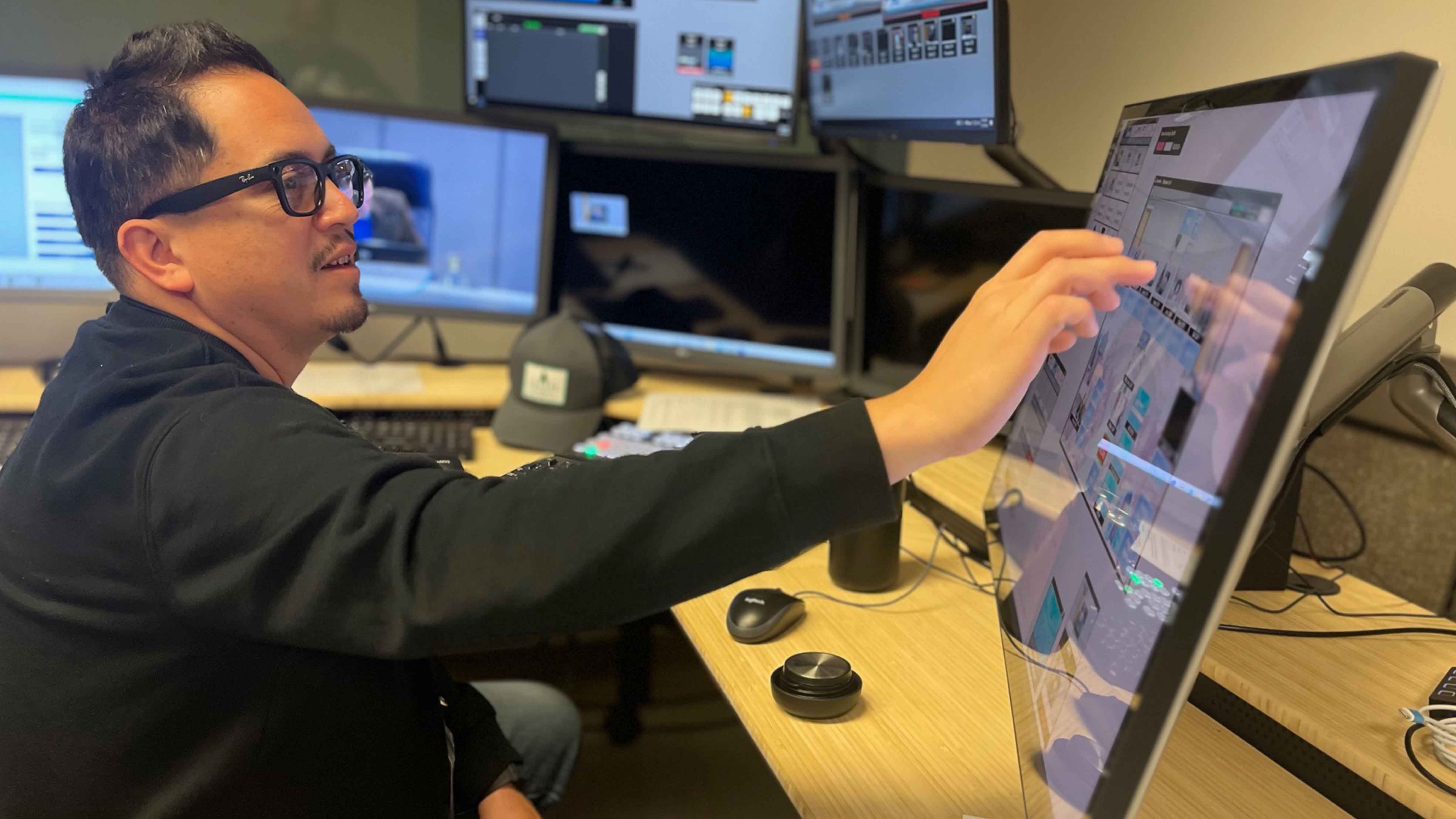When the Modesto Irrigation District (MID) set out to modernize its Public Meeting Chambers, the goal wasn’t just upgrading equipment—it was about creating a lasting communications platform for the future. MID, which provides irrigation, drinking water, and electricity throughout Stanislaus County, CA, recognized that in today’s world, transparency and accessibility are vital public responsibilities.
[Subscribe to the FREE SCN Newsletter]
The commitment had already been demonstrated years earlier during a high-stakes water rights battle. Instead of relying on news coverage, MID commissioned an independent, full-length documentary led by Sam Kneiss of Final Cut Media. It was an unprecedented move for a regional agency. The documentary gained recognition at film festivals, influenced public opinion, and won California’s highest award for public advocacy media, an honor typically reserved for high-profile coastal organizations.
That success story laid the groundwork for what came next: a complete reimagining of MID’s Meeting Chambers. Under California’s rigorous open meeting laws and rising demand for hybrid participation, MID required a system that could seamlessly integrate with Zoom, stream and record meetings with professional quality, provide robust security appropriate for a public utility, scale and adapt to future needs without major overhauls, and remain user-friendly for non-technical staff.
"This felt more like a federal-level integration than a local government job," Kneiss recalled. "Security, flexibility, and ease of use were non-negotiable."
To tackle the project, Final Cut Media partnered with Carl Pride of Pride Haus, an expert at building customized media systems often under tight budgets and high expectations. "The mentality was never maybe it's possible," said Pride. "It was everything is possible. We just had to figure out how."
Instead of presenting MID with a catalog of products, Final Cut Media and Pride Haus began by assembling the right team. They brought in networking specialist Michael Hernandez, who has spent more than 15 years delivering IP communications. A crucial discovery phase followed. Rather than replicating a standard RFP from another city, Pride asked MID’s leadership key questions to pinpoint their actual needs and eliminate unnecessary features.
For example, the previous system included a $25,000 control interface solely to turn two TVs on and off remotely. Pride proposed removing it in favor of simple remotes and reallocating the funds to improve video quality and system reliability. That practical approach paid off. The project expanded from four to 10 PTZ cameras, delivering full visual coverage of the chamber.

A Broadcast Pix GX Hybrid production switcher is at the heart of the system, paired with 10 RoboPix 4K PTZ cameras. Entirely IP-based and scalable, the setup is already future-ready for 4K without requiring a full system overhaul.
Pride evaluated multiple production systems, but ultimately chose Broadcast Pix for several key reasons. First, it offered expandability and programmability, which was ideal for a growing public agency. It also offered real human technical support and delivered professional-grade features at a government-friendly price. Having worked with Broadcast Pix since the early 2000s, Pride was confident the system would deliver high-end results with minimal operational complexity.
Its custom Commander interface allows MID staff to manage cameras, audio, and streams with minimal training, bringing professional polish to every meeting without increasing the staffing burden. The GX Hybrid system also features IP-based audio via Dante, integrated Zoom and Granicus streaming, Shure Microflex microphone management for intelligent speaker tracking, real-time captioning via Broadcast Pix VoCaption, and automated recording.
“The built-in recording feature is a huge win,” Pride added. “The OpTechs love it because the files are clean, easy to transfer, and consistently high-quality.”
Pride also proposed a thoughtful enhancement: on-air lights inside and outside the room, automatically triggered by the Broadcast Pix system to indicate live recording or broadcasting. “It’s a familiar feature in professional studios,” Pride noted, “but integrating it seamlessly into a government meeting system was unique.”
Today, MID’s meetings aren’t just legally compliant—they’re a model for professional, ADA-accessible, and transparent government communication. The system is secure, scalable, and easy enough for non-technical staff to operate every day. “This project wasn’t just about installing new gear,” said Kneiss. “It was about building a better way for public agencies to connect with their communities. Broadcast Pix made that possible, and MID embraced the opportunity.”
